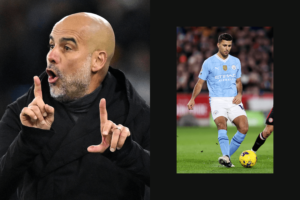The Big Picture
-
Dragon Ball
draws heavy inspiration from the classic Chinese novel,
Journey to the West
, which remains influential even after centuries. - Son Goku is based on Sun Wukong, the powerful Monkey King from
Journey to the West
, who accompanies the monk Tang Sanzang on his journey. - Other characters in
Dragon Ball
, such as Bulma, Oolong, Yamcha, and the Ox-King, also have parallels to characters from
Journey to the West
.
Son Goku of Dragon Ball isn’t just Earth’s greatest protector; he’s also one of the most recognizable characters in all fiction. For both Western and Eastern audiences, his unruly spiky hair, bright orange gi, and positive-yet-diligent personality make him one of the most beloved figures in media. Goku has become a symbol in his own right, representing the power of determination and the strength of a purely good heart, but the source of inspiration that led to his creation is likewise an incomprehensibly entertaining and captivating being, known as Sun Wukong.
As with many great fictional works, the origins of Dragon Ball can be traced back to mythical legends and classic folk tales that have endured the wear of time. Dragon Ball’s visionary creator, Akira Toriyama, to whom the world is bidding a sorrowful farewell, based a significant portion of his story, character designs, and thematic elements on the classic Chinese novel, Journey to the West. Despite being written over 400 years ago, Journey to the West remains prevalent and impactful in modern writing, with its influence apparent in almost every corner of Toriyama’s hit series, with plenty of parallels and allusions that tie the two beloved stories together, despite the four centuries of time that stand between them.
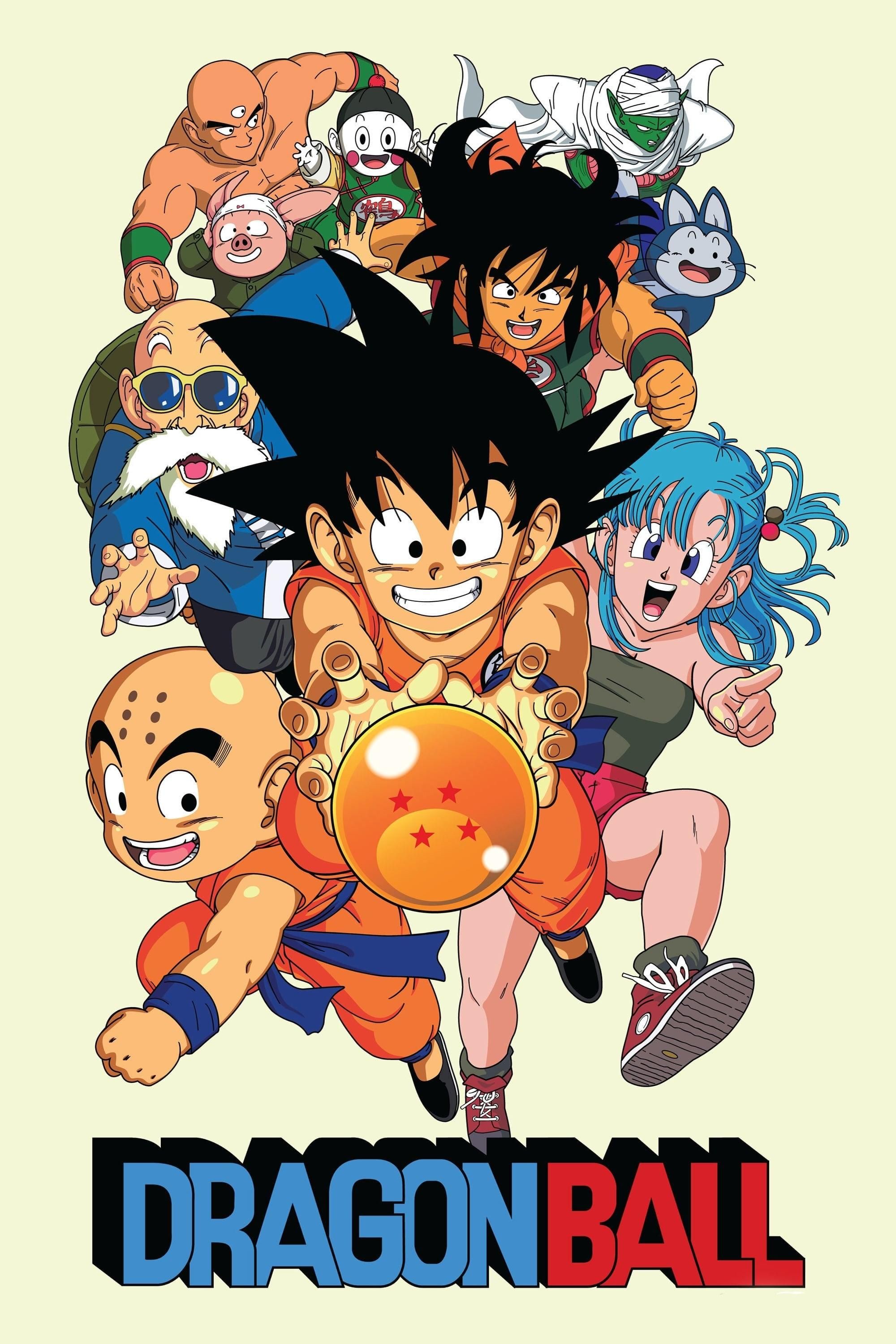
Dragon Ball
Son Gokû, a fighter with a monkey tail, goes on a quest with an assortment of odd characters in search of the Dragon Balls, a set of crystals that can give its bearer anything they desire.
Release Date February 26, 1986
Cast Stephanie Nadolny , Mike McFarland
Seasons 5
What Is ‘Journey to the West’ About?
Akira Toriyama took heavy inspiration from the classic Chinese story, Journey to the West. The novel, considered one of the most influential and significant pieces of literature from China, was first published in the 16th century, but its impact is felt even centuries later. Journey to the West is based on the pilgrimage of a Buddhist monk named Xuanzang who traversed across the land to retrieve sacred texts, after much trial and tribulation. The novelization of this journey follows a monk called Tang Sanzang, likewise in search for sacred Buddhist texts, but contains fantastic and mythical elements that made the adventure an enduring literary piece.
To aid in his journey, Tang Sanzang is accompanied by magical characters such as Sun Wukong, Zhu Bhajie, and Sha Wujing, each distinct in ability, appearance, and personality. On their quest, the heroes must overcome fearful monsters and traverse dangerous landscapes as they search for the sacred texts. Though the story was written with allegories and metaphors connected to China during that time period, it nonetheless endures in popularity because of its universal themes about human determination and the captivating fantasy elements that would serve as inspiration for countless works written generations after. Journey to the West itself would spawn several modern adaptations that recounted the story of Tang Sanzag, including several films and television series. But despite not being a direct adaptation of the original story, Dragon Ball is a strong contender for the best successor of the legacy of this Chinese novel.
Son Goku Takes Inspiration From the Legendary Monkey King, Sun Wukong
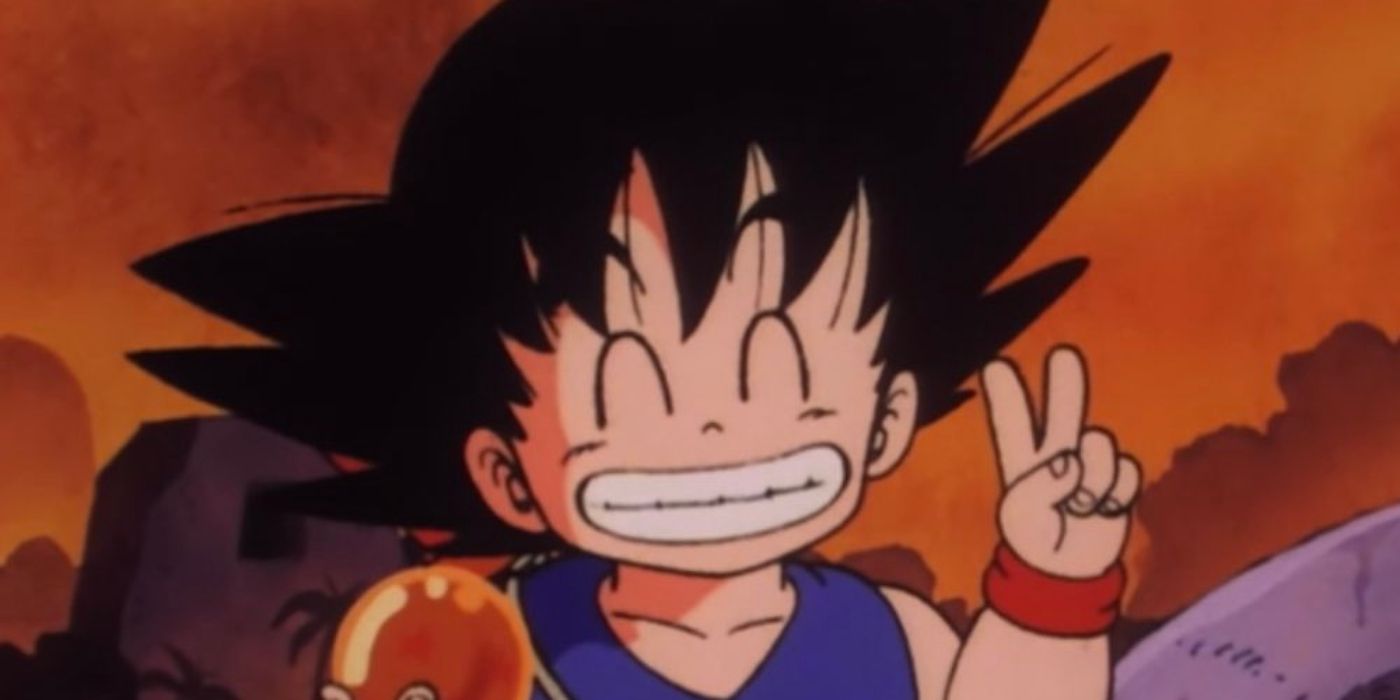 Image via Toei Animation
Image via Toei Animation
The foremost allusion to Journey to the West in Dragon Ball is apparent in the latter’s main character: Son Goku. Goku is based on Sun Wukong, also known as the Monkey King, a powerful being that accompanied the monk Tang Sanzang on his journey for the sacred texts. Sun Wukong is one of the most powerful beings in existence, a magical and immortal monkey with dozens of fantastic abilities and strength that surpasses practically all others. Like Wukong, Goku is powerful and energetic, bearing an unbelievable amount of strength and talent unmatched by anyone else in the series. If Goku were just a strong person with a tail, that would already be an excellent reference to Wukong, but Toriyama solidified the inspiration even further with Goku’s transformation into the Great Ape, punctuating the similarities between him and the Monkey King.
Sun Wukong’s inspiration doesn’t end there, as several magical artifacts from the old Chinese story were also adapted in Dragon Ball. Like Goku’s Power Pole, the Monkey King possessed a staff capable of dramatically changing its size at the user’s command. Both monkey-related characters also rode magical flying clouds, as Goku’s Flying Nimbus was based on Wukong’s similar cloud and ability. And don’t let the fact that Goku is an alien separate his birth from Wukong either. Goku’s space pod that he was sent to Earth in as a baby bears a surprisingly stone-like appearance as a direct reference to Wukong’s own birth, as he came to life after bursting from a magical rock.
‘Dragon Ball’s Supporting Characters Are Also Inspired by ‘Journey to the West’
The connections to Journey to the West are not limited to Goku alone, as many of the major players in the earliest arcs of Dragon Ball are parallels to characters from the Chinese novel. Since Sun Wukong is the breakout character from the tale, some of these allusions may be less apparent at first glance, but the inspiration is there nonetheless. Bulma serves as the proxy for Tang Sanzang, despite being the furthest image of a Buddhist monk that one can possibly become. However, Bulma’s search for the legendary Dragon Balls is, at its core, taken from Tang Sanzang’s retrieval of the sacred Buddhist texts.
Dragon Ball’s Oolong is based on Zhu Bajie, a shape-shifting pig spirit that was the second of Tang Sanzang’s disciples after Sun Wukong. Both characters are also known for their gluttonous and lustful personalities. The third of Tang Sanzang’s allies was Sha Wujing, a man-turned-demon who is later redeemed when he accompanies the monk on his travels. In Dragon Ball, this role is taken by Yamcha, who was similarly first depicted as a villain, before quickly becoming one of Goku and Bulma’s close allies. In addition to their narrative similarities, Tang Sanzang and Yamcha also had strong ties to the desert and martial arts — which can be easy to forget because of how far Dragon Ball has evolved since the days when Yamcha was able to best Goku in a fight. The Ox-King from Dragon Ball shares the same exact name as a character from Journey to the West, as well as a similar home to his namesake. Both Ox-Kings resided on flaming mountains, a unique location that solidifies the relation between the two.
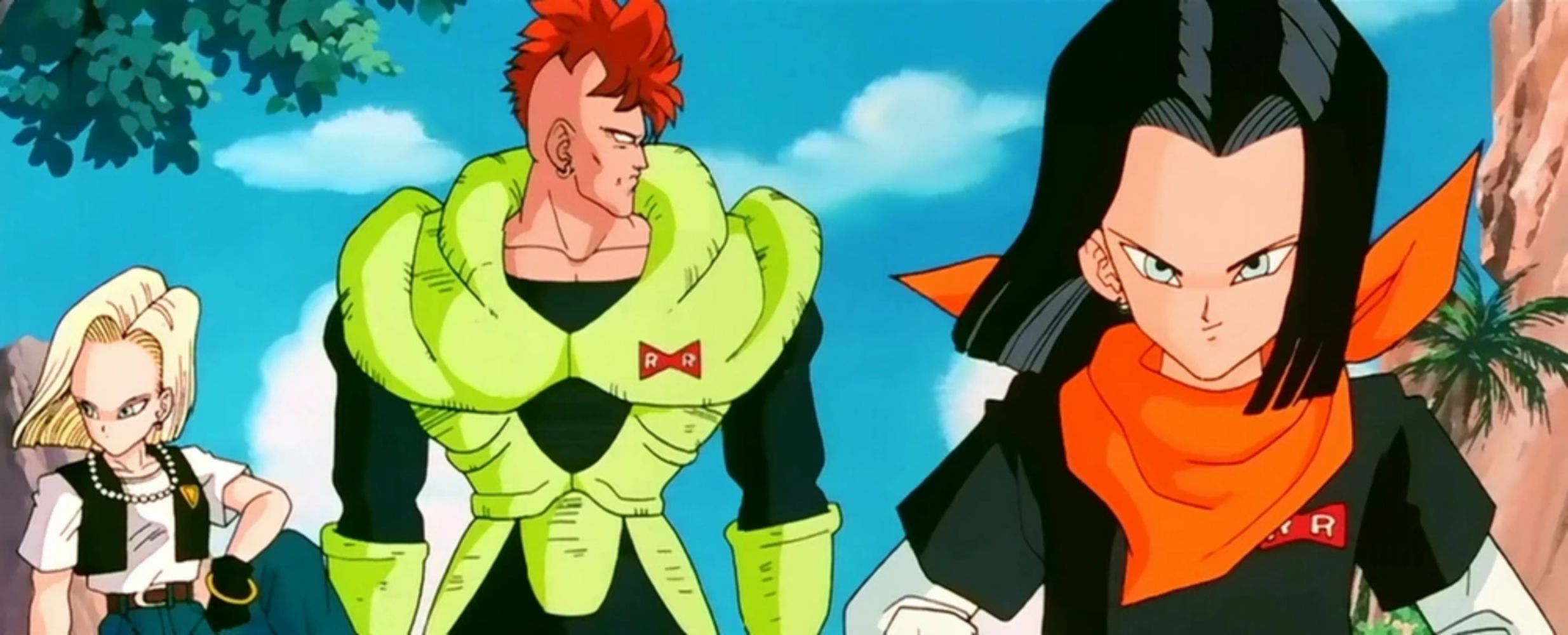 Related
Related
‘Dragon Ball Z’s Android Family Tree Explained
The Androids are some of the fiercest opponents the Z-Fighters have ever faced, but what’s the story behind these robotic warriors?
Akira Toriyama Moved Further Away From ‘Journey to the West’ With ‘Dragon Ball Z’
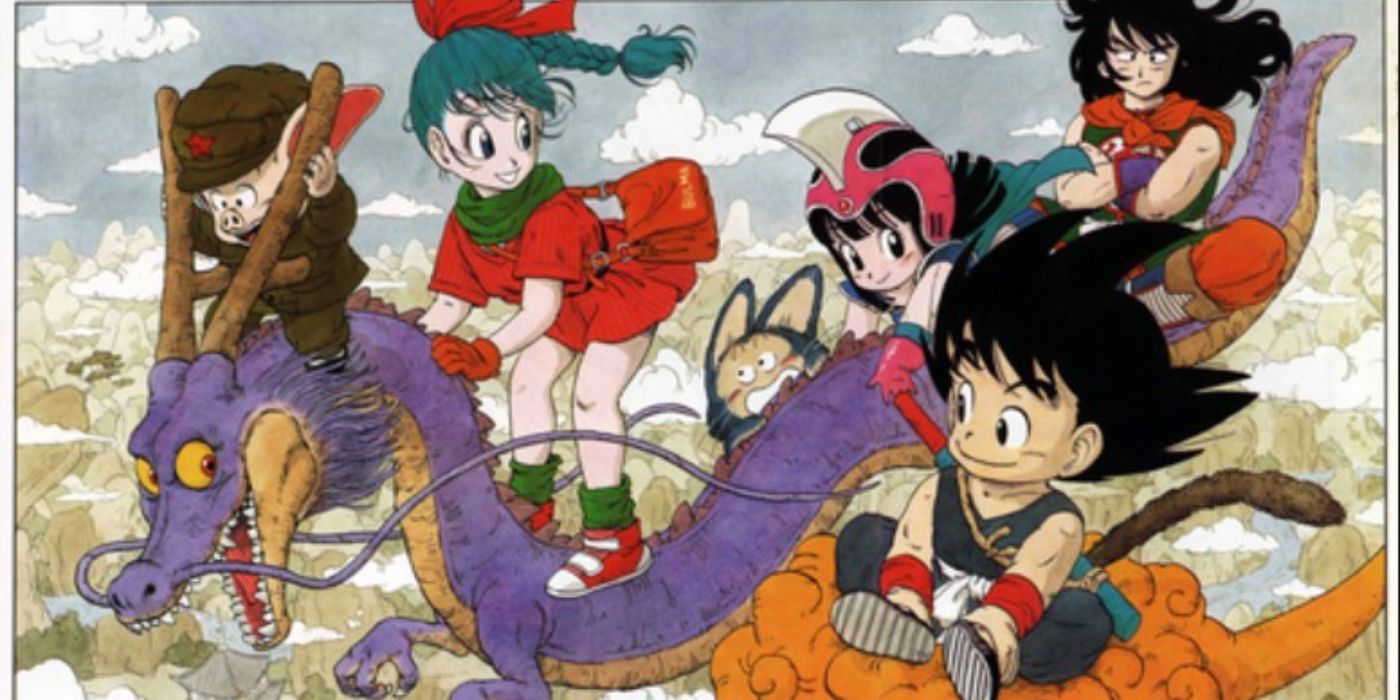 Image via Shonen Jump
Image via Shonen Jump
Toriyama’s writing in early Dragon Ball didn’t just take design choices and naming conventions from Journey to the West, but also took inspiration from its narrative structure and thematic elements. Each character modernizes the role first established by their source material from several centuries earlier. For instance, viewers more familiar with Dragon Ball Z and further sequels may not even know that Bulma was actually the active character at the start of the series. It’s her search for the Dragon Balls that sets the story in motion, and Goku is recruited to help her accomplish that goal. In Journey to the West, Wukong is depicted as supernaturally powerful, even compared to his staunchest allies and fiercest rivals, much in the same way that Goku is established as a formidable force, even as a child. They could both be considered “over-powered,” but that’s exactly the point. Oolong’s selfish vices and Yamcha’s face-turn are likewise the necessary foils to Goku’s pure-of-heart personality and Bulma’s determination, exactly like the characters they were based on.
As Dragon Ball progressed (even just in later arcs, not even accounting for DBZ and beyond), the story evolved beyond its original source of inspiration. The narrative shifts away from the search for the Dragon Balls and characters rise and fall in relevance as the series evolves into one of the most important pioneers of the shōnen battle anime genre, becoming the predecessor to several generations of anime, much in the same way that Journey of the West did for Toriyama.
Dragon Ball is available to stream on Crunchyroll in the U.S.
Watch on Crunchyroll

